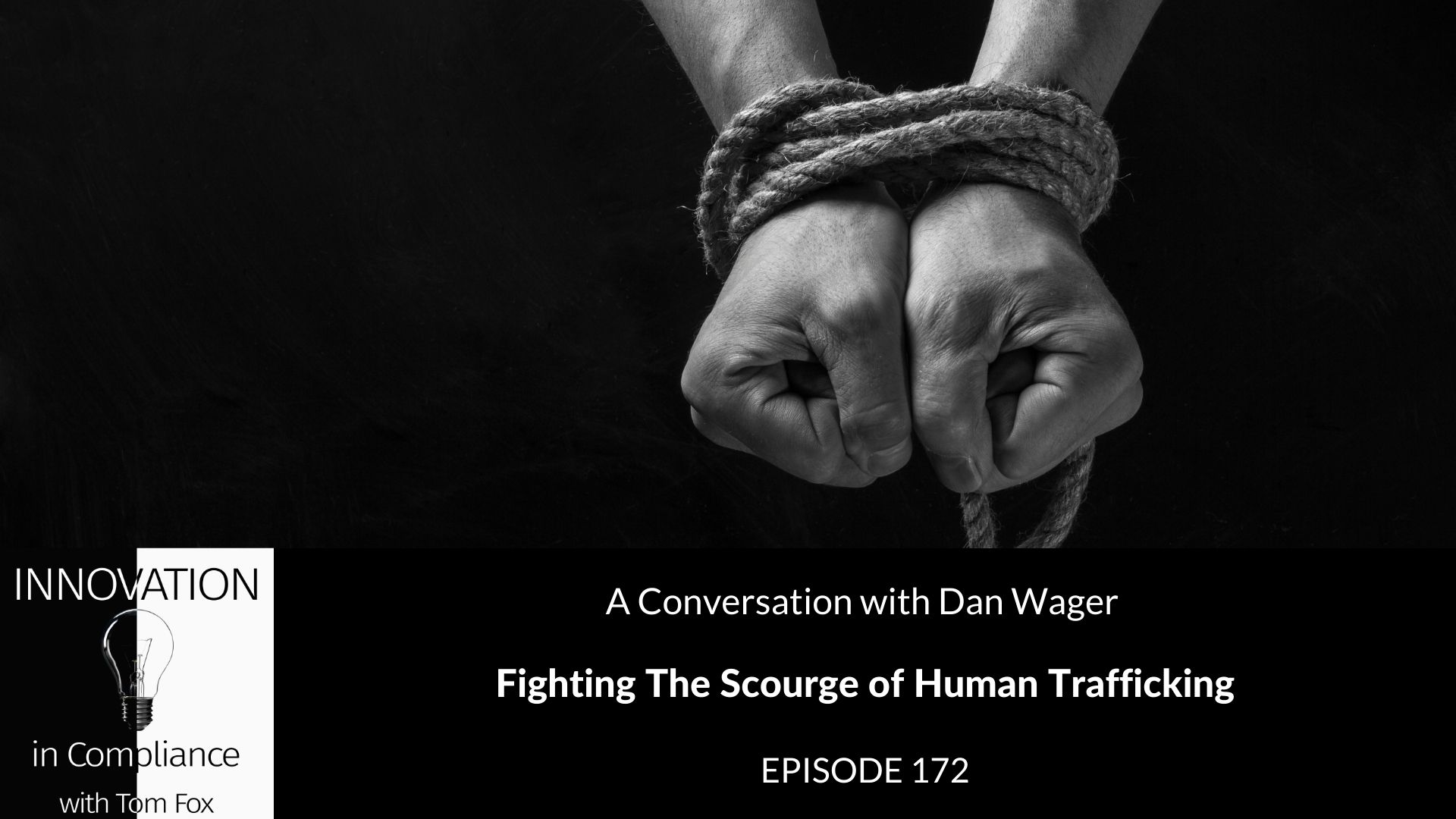Effective Compliance Program Hallmark: Training and Communication with Ronnie and Ricardo
Organizations take measures to articulate their policies and guidelines realistically. Doing this ensures that they can promote their compliance and ethics programs to people with unique positions and obligations by meaningful preparation and exchanging knowledge relevant to them.
However, due to their limited understanding of the hallmarks of effective compliance, specifically training and communication, plus the amount of consideration and attention they provide to it, companies sometimes fall far short of the compliance goals.
While several companies and regulatory agencies assume that they treat the training and communication hallmark well, this is the area they sometimes curve out of their most vital point.
The reasons why most organizations struggle to fulfill the criteria of this hallmark can be:
- Lack of daily scrutiny and continuing contact
- For the employee, not ensuring preparation and policy coordination are appropriate.
- Incorrect or insufficient assessment of preparation and policy efficacy
- Not giving regard to the risk prioritization of training.
In today’s Compliance Handbook chapter, we’ll dive deeper into the fourth hallmark of effective compliance frameworks: training and communication. We’re joined by two experts in the compliance field, Ronnie Feldman and Ricardo Pellafone.
Key takeaways discussed in the chapter:
- While training is valuable most of the time, it’s not a tool to an end in compliance. It’s a tool you use to prevent misconduct, but it’s not an end in itself. It fills a unique niche within the compliance officer’s means, but it’s compelling when used for the right purpose.
- Discover how not to lose trust. Note that if compliance training is boring and preachy, people are annoyed at you for making them go through the experience. As a result, they don’t think well of compliance, which means they are much less likely to speak up to ask questions and report concerns.
- Analyze who among the players in your organization had to undergo compliance training. Find answers to questions like, “Will the compliance training benefit the regular employee, or it should be those that are in the higher ends—with the authority to either create or control risk?”
- Training is good, but also consider that people need reminding more than they need instruction.
- Simplicity and utility are the keys! Your compliance framework should not be extensive and complicated. When things are designed well and they are useful, people will use them.
- Have you ever been caught in a situation where you’re a manager, you have to approve an invoice from a third party. What are you looking for? That is something that pretty much no one is ever trained on what to do. This is the big difference between the traditional top-down model of training versus the training model used by Ricardo Pellafone. If you want to learn more about this training method, tune in to the chapter.
- Comedy and entertainment principles can go along with compliance? Sure thing! We like trying new things and discover how well Ronnie blended these elements to create an effective compliance framework.
Order your copy OR copies of The Compliance Handbook: A Guide to Operationalizing Your Compliance Program. Save 25% off. http://www.lexisnexis.com/fox25



